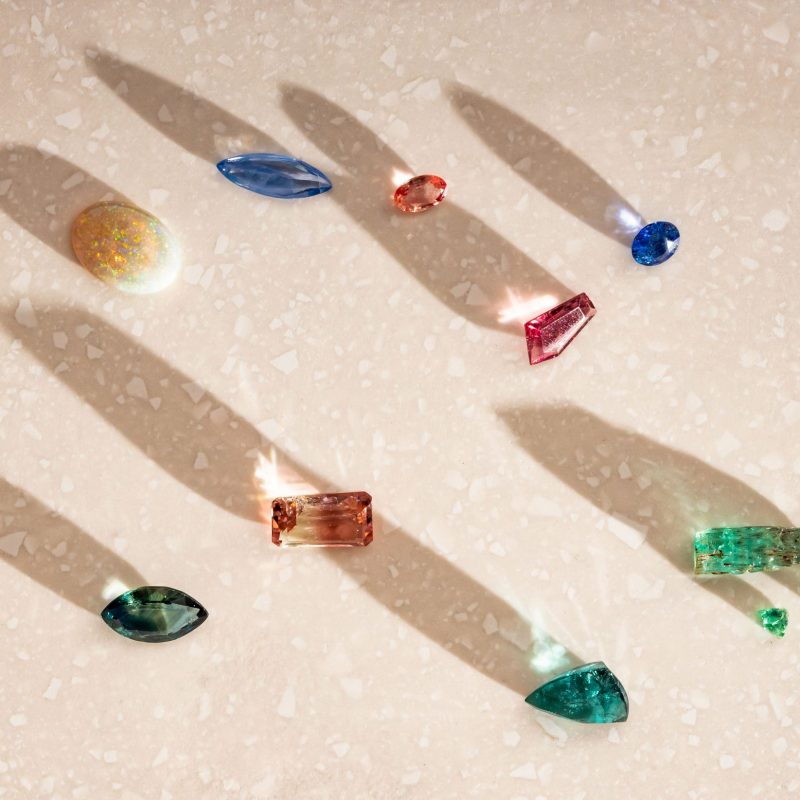
Obsessed with finding the exceptional, we hand pick all our gemstones to ensure not only brilliance of colour but also form and durability.
Ask each member of our team what their favourite coloured gemstone is and you will get a different answer – teal green sapphire, pink tourmaline, purple spinel, tsavorite garnet, iridescent opal, to name a few.
“We invite you to come ride the gemstone rainbow with us.”
Sapphire
Sapphires are found all over the world from Montana USA to Thailand, Queensland Australia to Sri Lanka. Traditionally known for their classic blue colour, they also come in all the colours of the rainbow. Second only to the diamond on the MOHS scale of hardness, they are a fantastic choice for an engagement ring, as they will withstand daily wear.
Emerald
Emerald is the birthstone for May and a member of the Beryl family. This unique crystal gets its verdant green hue from a trace element of chrome when it’s formed and no other gemstone can quite match its sought after colour. The inclusions within an emerald are known as the ‘Garden’ and the classic stone shape of an emerald-cut was invented specifically for this beautiful, yet delicate, gem. Emeralds are 7.5-8 on the MOHS scale.
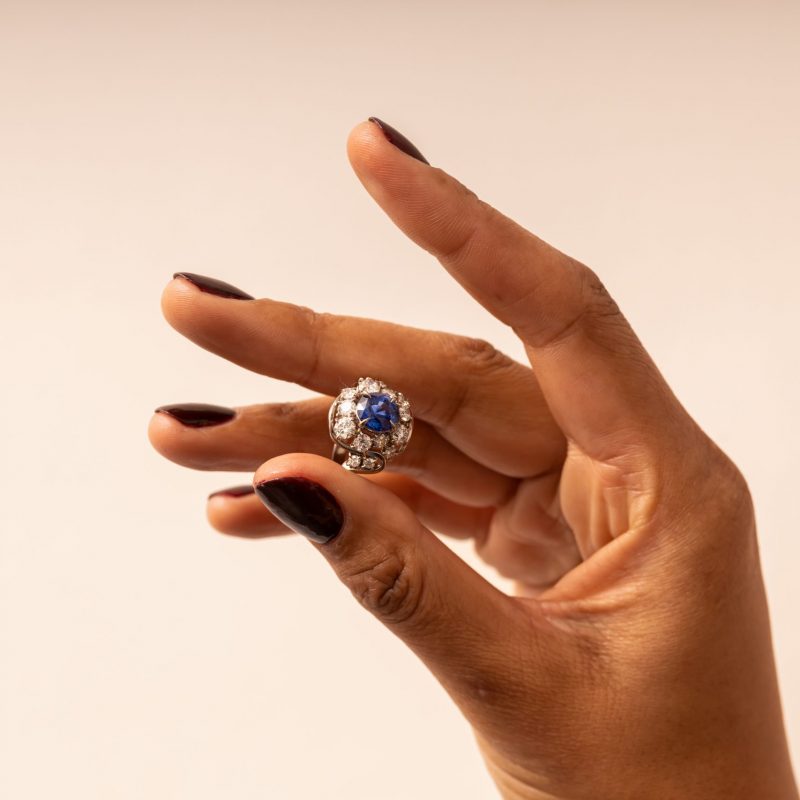
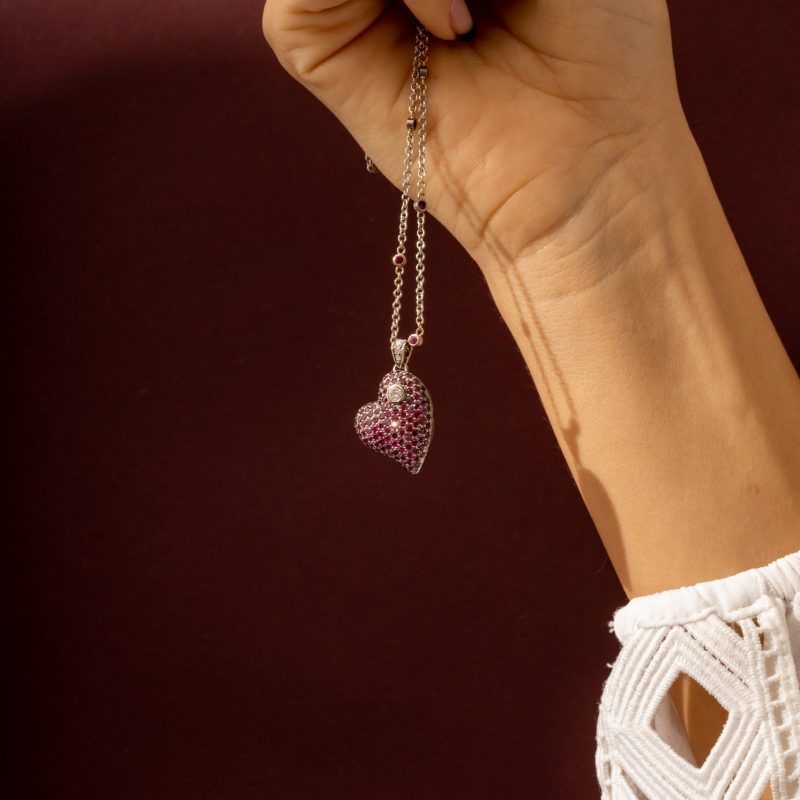
Ruby
Ruby is a variety of the mineral Corundum and renowned for its rich blood-red to pink-ish red tones. It has a hardness of 9 on the MOHS scale, just like sapphires, meaning that it’s perfect for using in jewellery that’s worn every day, like engagement rings. The world’s most valuable ruby to be sold at auction is the ‘Sunrise Ruby’. Ruby is the birthstone for July and traditionally used to mark a 40th wedding anniversary.
Opal
This gemstone is the kaleidoscope of all minerals, made of silica and up to 20% water, which causes the amazing colour play within the stone. The majority of opals we use are mined in two locations in Australia: Coober Pedy is the source of white opal crystal and the famous Lightning Ridge produces stunning seams of black and boulder opal. If you’re an October baby, iridescent opal is your gem.
Tanzanite
Found in only one place on earth, tanzanite is one of the rarest gems due to its unique location in the foothills close to Mount Kilimanjaro, Tanzania. In 1967, Tiffany & Co named this beautiful, blueish-purple gem after the country of its discovery and it’s been in demand ever since. Deep blues and intense violets are the most sought-after saturation; in smaller sizes it can be much paler. We love tanzanite but as it’s relatively soft (6-7 on the MOHS scale), we recommend it worn as a pendant or a necklace.
Spinel
Although commercially underused, spinel is a very versatile gemstone as relatively hard, being 8 on the MOHS scale. Found as bright red, lavender, petrol blue, green, brown, black, or even yellow crystals, we absolutely love their dusky tones. It has long been mistaken for ruby or sapphire by emperors and monarchs, unsurprisingly many of the famous rubies of history were actually spinels, such as the Black Prince’s Ruby in the British Imperial Crown. Spinel was recently added as an August birthstone, sharing this month with peridot and sardonyx.
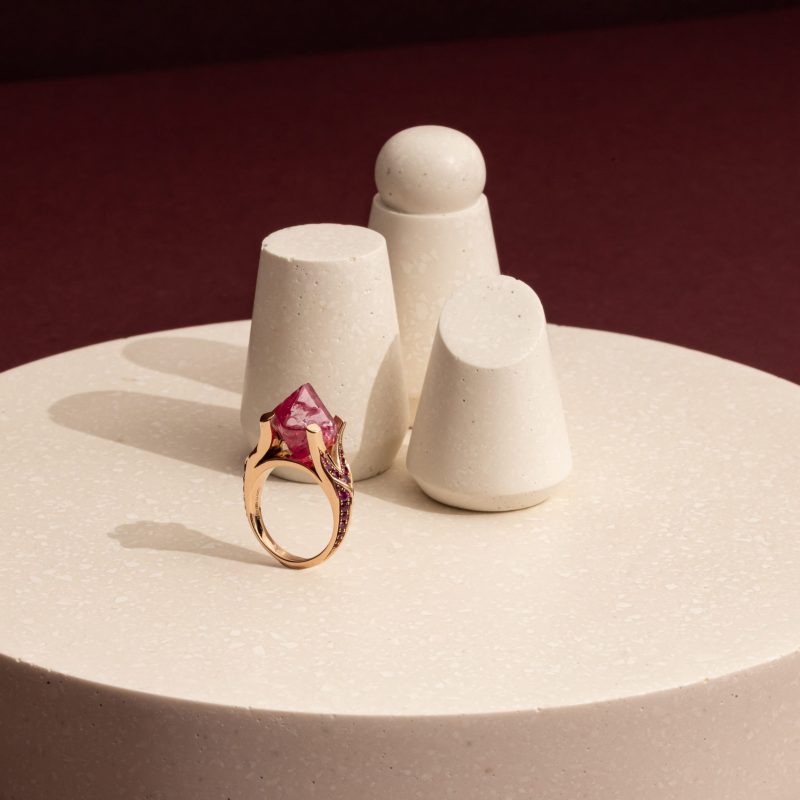
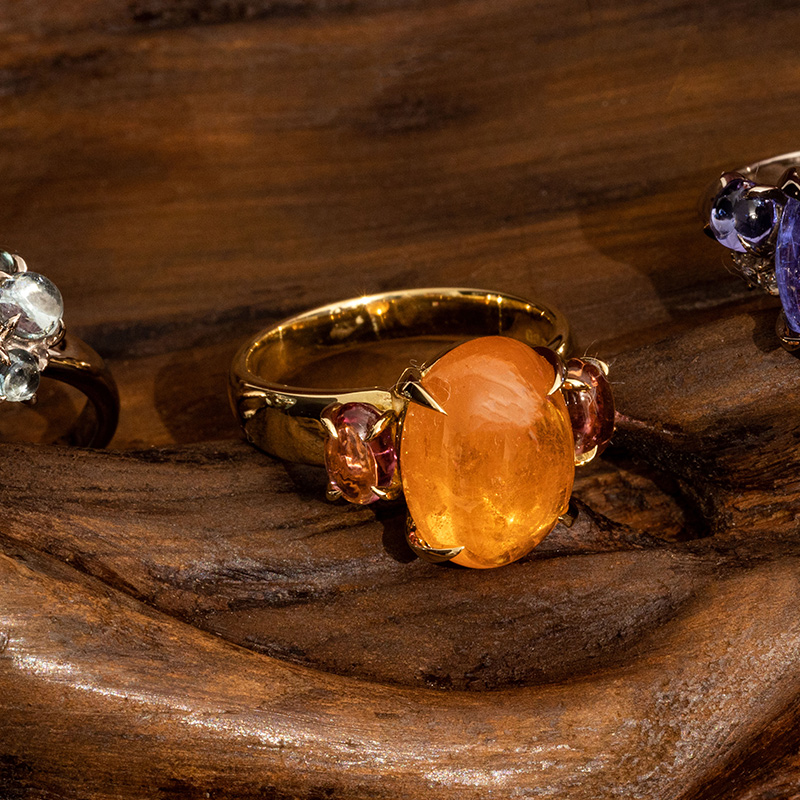
Garnet
Garnet is the birthstone for January and, whilst well known for its red to burgundy colour, its palette also covers vibrant orange, green, raspberry pink and sometimes blue. Tsavorite garnets are an exceptionally zesty green and require rare conditions in which to grow whilst red garnet is abundant and widespread. This lovely gem is 6.5-7.5 on the MOHS scale and has been discovered in jewellery as old as 5,000 years.
Peridot
The word peridot comes from the Arabic faridat, meaning gem, and was valued and used by many medieval and ancient cultures. Some peridot deposits were formed when meteors hit the Earth on their travels from outer space. Peridot is the birthstone for August and is the yellowy-green gem variety of the mineral olivine. With a hardness of 6.5-7 on the MOHS scale, this gem should be worn with care because of its softness.
Amethyst
A violet variety of quartz, found mainly in Brazil, Amethyst is known for its rich colour, ranging from soft lilac to deep purple. This semi-precious stone is 7 on the MOHS scale and a very affordable way to guarantee radiant colour. Amethyst is the birthstone for February and said to be a protective stone, helping to bring a sense of calm into your life.
Aquamarine
Aquamarine comes from the latin translation for ‘sea water’, which is the perfect description of this soft blue gem. Aquamarine comes in a variety of fresh-water hues with the un-heated version having a splash of pale green. Part of the beryl family and cousin to the emerald, it ranges from 7.5-8 on the MOHS scale and is found predominately in Brazil. Aquamarine is the birthstone for March and the water sign of Pisces, with the stone’s characteristic being visibly clear, without inclusions, just like the ocean.
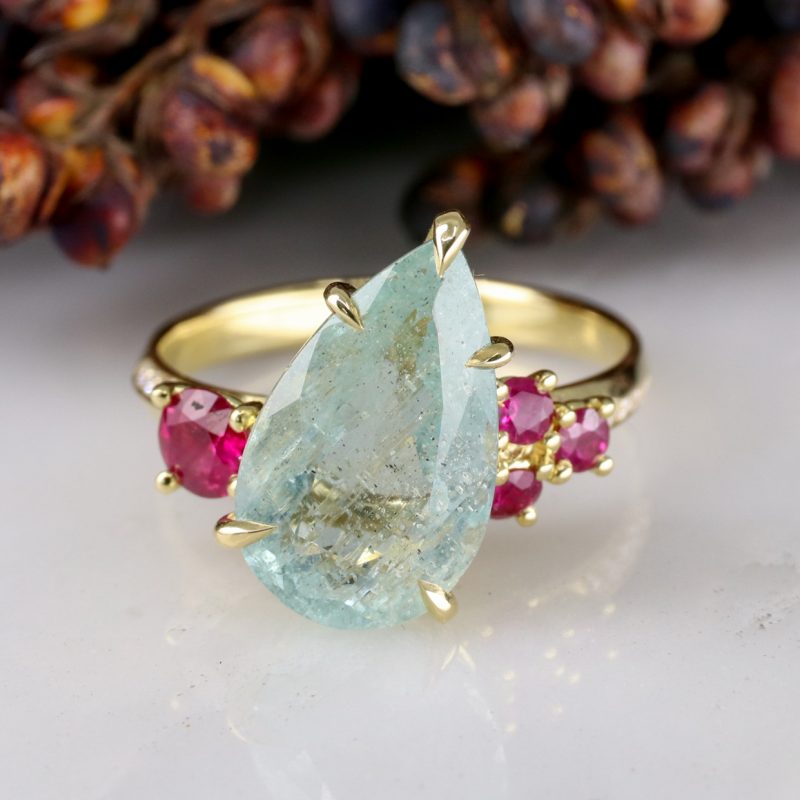
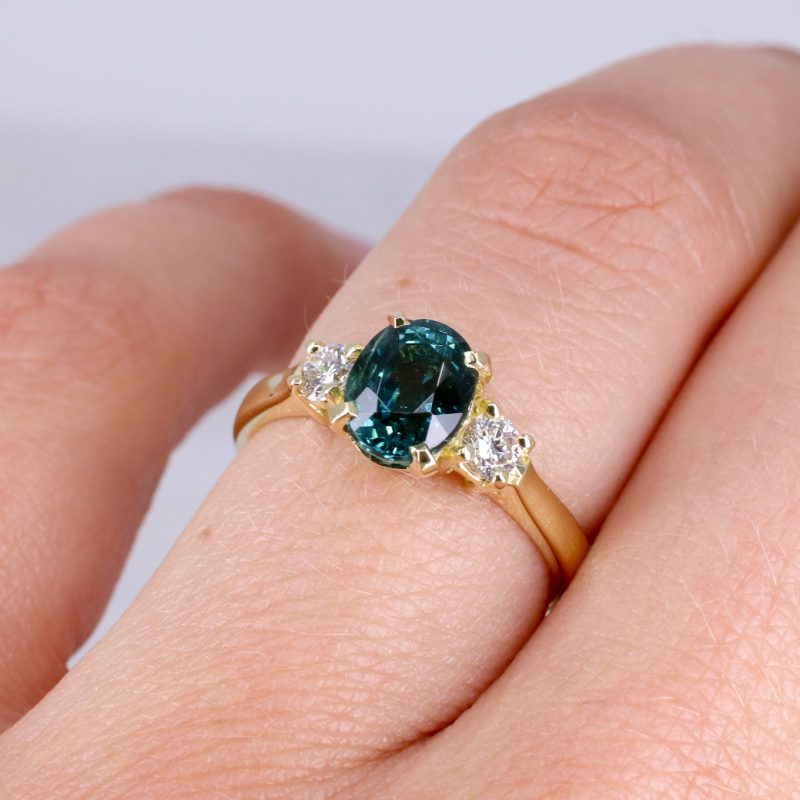
Tourmaline
Tourmalines are a very exciting gemstone as they come in a rainbow of colours, with bright and intense tones. These stones are found mainly in Brazil and parts of Africa. We work frequently with tourmalines as they are relatively high on the MOHS scale at 7.5 and have one of the biggest selections of colours . Our favourites are parti-coloured tourmalines that have a bi-colour quality transforming from pale orange to a rich pink, and watermelon tourmalines that have a watermelon slice colour pattern, changing from a rich green to a soft pink.
Topaz
Topaz is pleochroic, meaning that the gem can show different colours in different crystal directions, perfect for creating something unique and one of a kind. Despite being naturally colourless, it’s known traditionally for its icy blue which is the birthstone for December, and honey yellow which is November’s birthstone. Topaz sits at 8 on the MOHS scale, slightly softer then sapphires, however their clarity is typically free from any visible inclusions or flaws helping to keep their strength and durability.
Alexandrite
Alexandrite is a rare variety of chrysoberyl, infamous for its vivid hues and colour changing magic. In daylight, Alexandrite appears greenish-blue to dark yellow-green, but in incandescent light, it looks pink to red. We love working with this rare stone, only found in a few locations worldwide with the most unique coming from Russia. Although 8.5 on the MOHS scale (slightly softer then sapphires and diamonds), alexandrites are one of the most sought after and expensive stones.
Pearl
Though not classified as a gemstone, the iridescent lustre of a pearl is one of a kind. Pearls are naturally formed within a mollusc but are now predominately commercially harvested, in a range of shapes, sizes and colours, from classic white round pearls to free-form baroque shapes and with hues of glistening purple and pink all the way to the rare green purple Tahitian pearls. Pearls are the birth stone of June and although they are only 2.5-3 on the MOHS scale, with extra care they can make beautiful jewellery. We recommend necklaces, earrings or lighter wear styles as they will have less opportunity to be knocked or scratched.
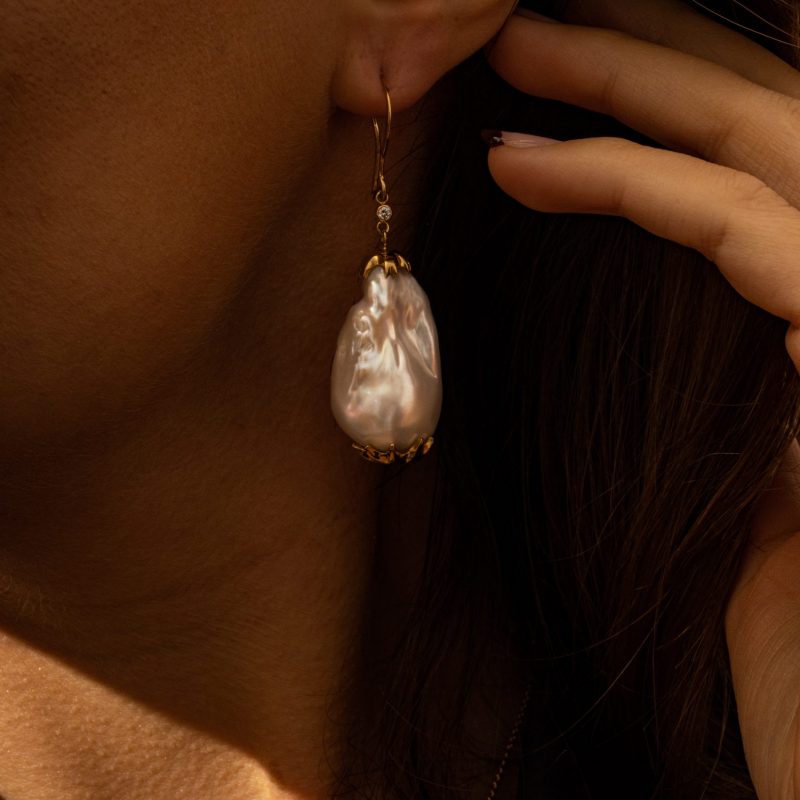
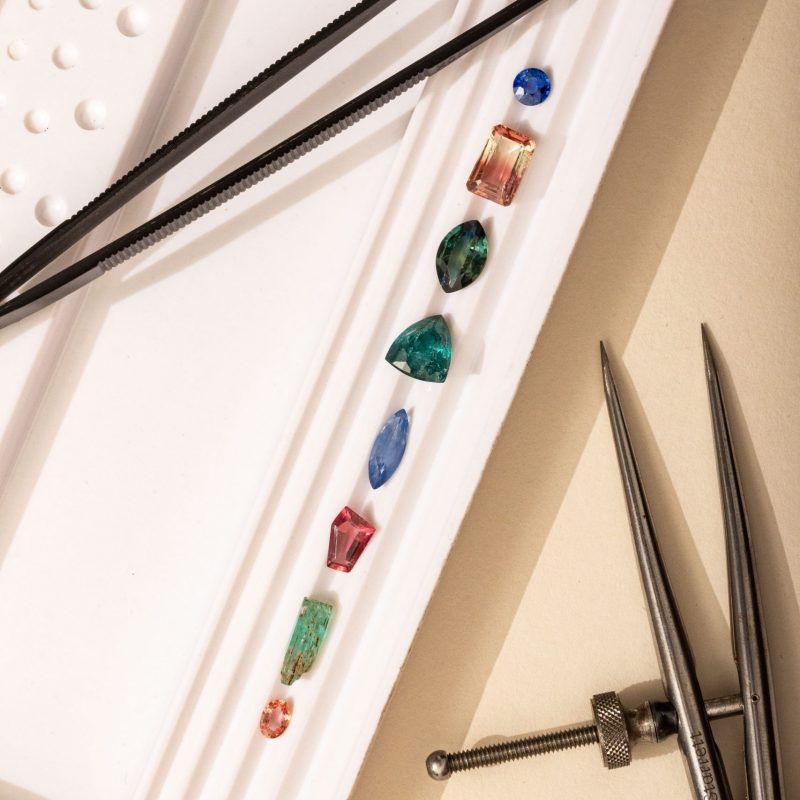
As yet, there is no certification for ethically sourced gemstones, so we work closely with a network of trusted stone suppliers to bring you beautiful and unusual examples of fully traceable gemstones from around the world.
